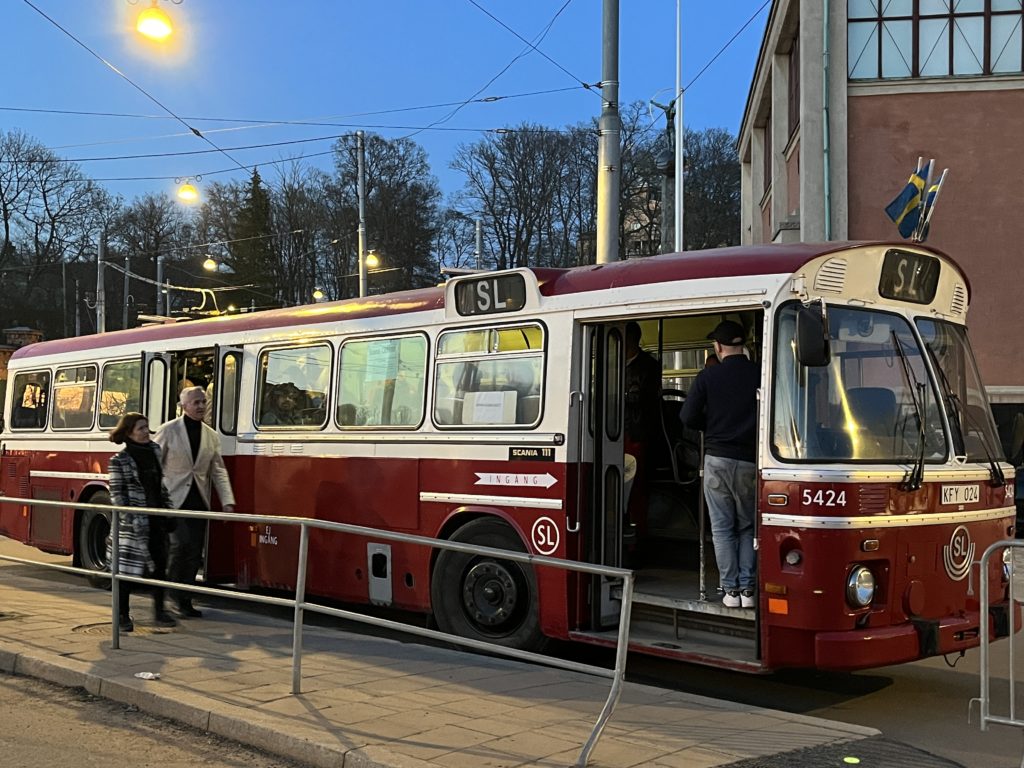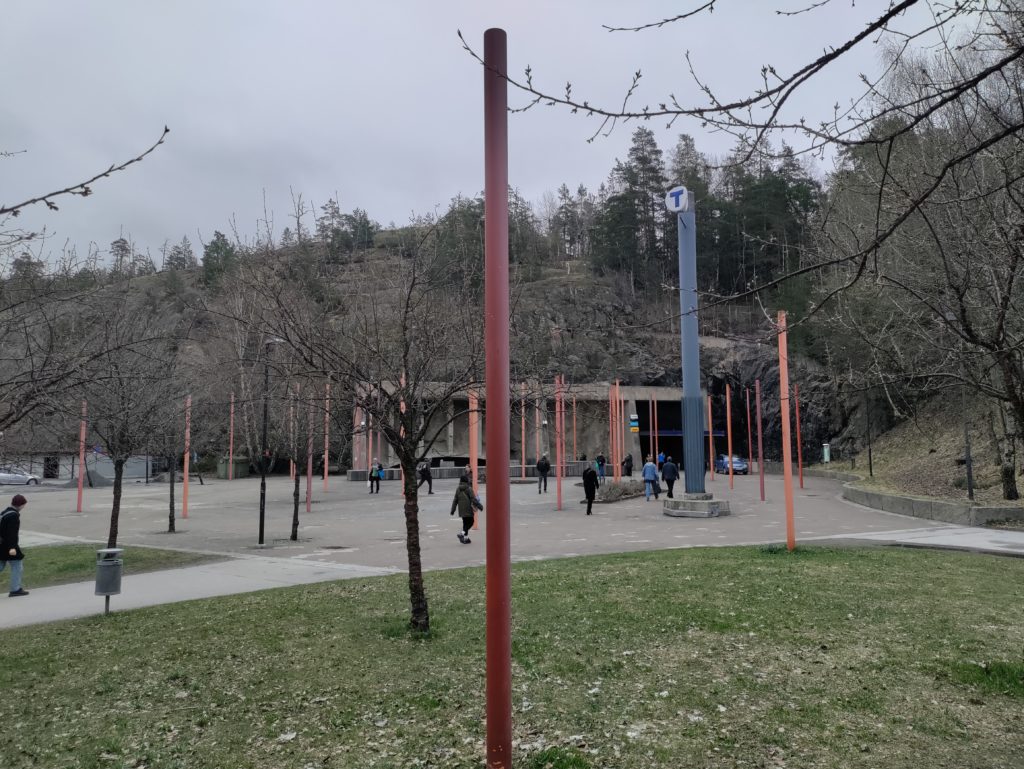
“A developed country is not a place where the poor have cars. It’s where the rich use public transportation”
-Gustavo Petro, Mayor of Bogotá
For most of the time we lived in Saskatoon, we did not own a car. In some places that is not a big deal, but Saskatoon is a very car-centric place with an inhospitable climate and not driving was a commitment and a challenge. The city and many of its inhabitants seemed hostile to the idea of reducing reliance on cars: new developments consistently led to sprawl without nearby services like schools and shops; zoning rules precluded densifying infill; proposals to change the downtown were always met by wails about parking (even though Saskatoon has a larger fraction of downtown dedicated to surface parking than most cities); the city council ordered an illegal lockout of bus drivers when they agitated about working for years without a contract, and the mayor actually said that he didn’t care how long it took because ‘neither he nor anyone he knows takes the bus’.
It goes without saying that Stockholm is a very different experience. We not only don’t have a car, but do not currently have local driver’s licenses and honestly, it is not a hardship. I ride my bike on separated bike paths for 80% of my trips, and the rest I take the train into the city, or bus or subway or ferry or walk on a pedestrianized route. This is not a unique choice for determined hippies, many people in the city are the same way because it is easy and convenient. The city predates the car by a longshot, and most of the first transport routes were by boat, then by horse which meant that the city developed around local neighbourhoods where people could access church, markets, schools, etc. close to here they lived without having to commute 30min in a car. Like a lot of European cities, there was a spate of freeway development in the post-war era, but (also like a lot of European cities) a lot of this was reversed when capacity issues and congestion showed it to be too costly and disadvantageous in terms of livability, pollution, safety, etc. We bought our house with consideration of how we would want to spend our time, and (it turns out) our desire to spend time driving or otherwise commuting was very low. I ride my bike to work 90% of the time, and Graham takes the train for about 15min 3 days per week. This is possible because of good, long-term urban planning (to avoid sprawl and keep services available), prioritizing livability (like green spases and parks) and investment in infrastructure (like the bike paths) and public transit. The goal to shift towards more walkable, livable, neighbourly and community-feeling cities is a good one, and can serve our human needs for physical activity, access to nature, space to socialize and develop social cohesion, buying food, schools and childcare. A well-designed neighbourhood requires less time to be spent on just getting from A to B and allows more time and spaces for leisure.

This week learned from a CBC podcast that the notion of ‘the 15-minute city‘ has been sized by conspiracy theorists who feel certain that the true aim of this urban planning philosophy is to control and restrict residents. This is FUCKING BANANAS 🍌🍌🍌. How is being able to get around on foot without being hemmed in by freeways and food deserts restrictive? I do feel compassion for folks who feel persecuted by the government and suspicious of change, and I suspect there are some conspiracy elements here, but not the ones that are being called out. Let’s consider: Who stands to gain if everyone needs a car to get around, and needs to keep buying big quantities of fuel, and develops contentment and meaning from (free) interactions with nature and their community rather than consumption? It seems like resistance to change comes from those most heavily invested in the status quo: car manufacturers, oil companies, and makers of disposable goods. This is not to say that one should not be vigilant about potential for government overreach into personal freedoms or autonomy, but building bikepaths to the schools in our neighbourhoods is not a threat.
